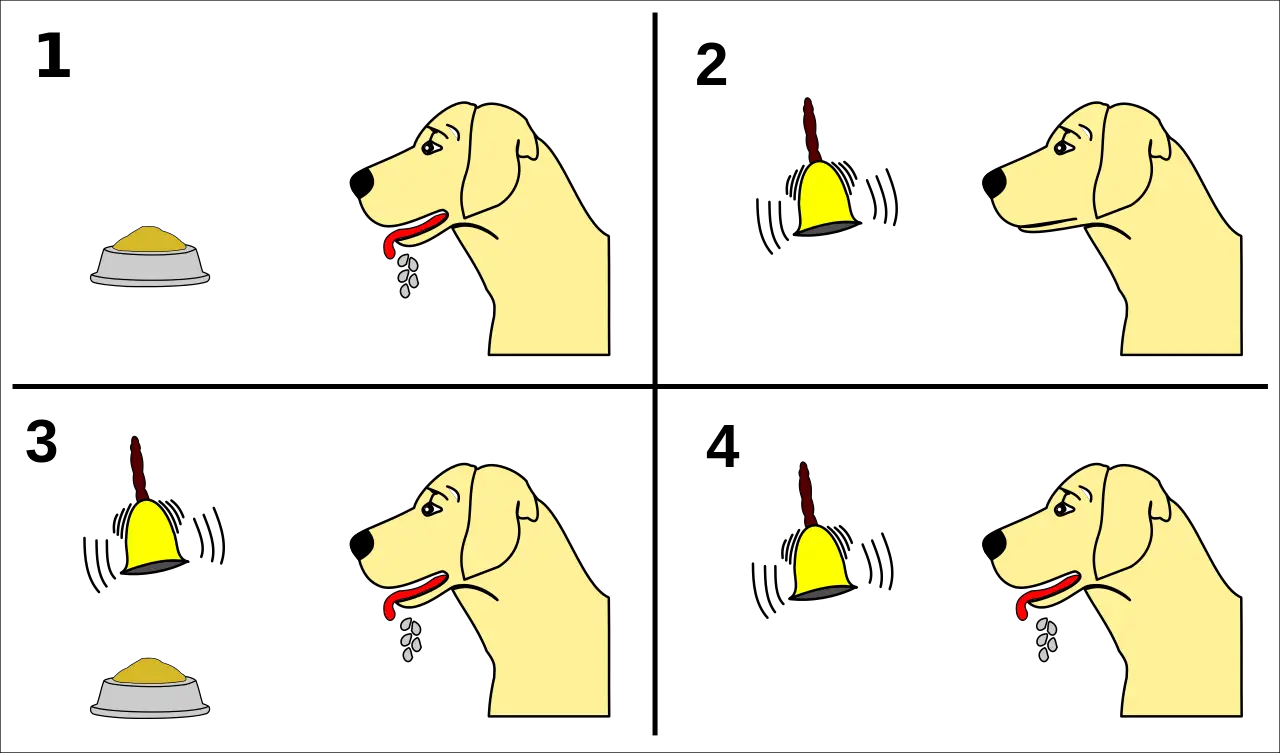OPERANT CONDITIONING
The "Skinner Box" was created to conduct an experiment proving operant conditioning. Skinner first placed a hungry rat inside the box. After the rat adapted to the box, it started to explore. The rat then found a lever where if you press it, food is released into the box. After the food filled the rat, he pressed the lever again to fulfill its hunger. This happened over and over again. When the rat was placed in the box again, it immediately pressed the lever. The action of pressing the lever is an operant response/behavior, and the food released into the box is the reward.


